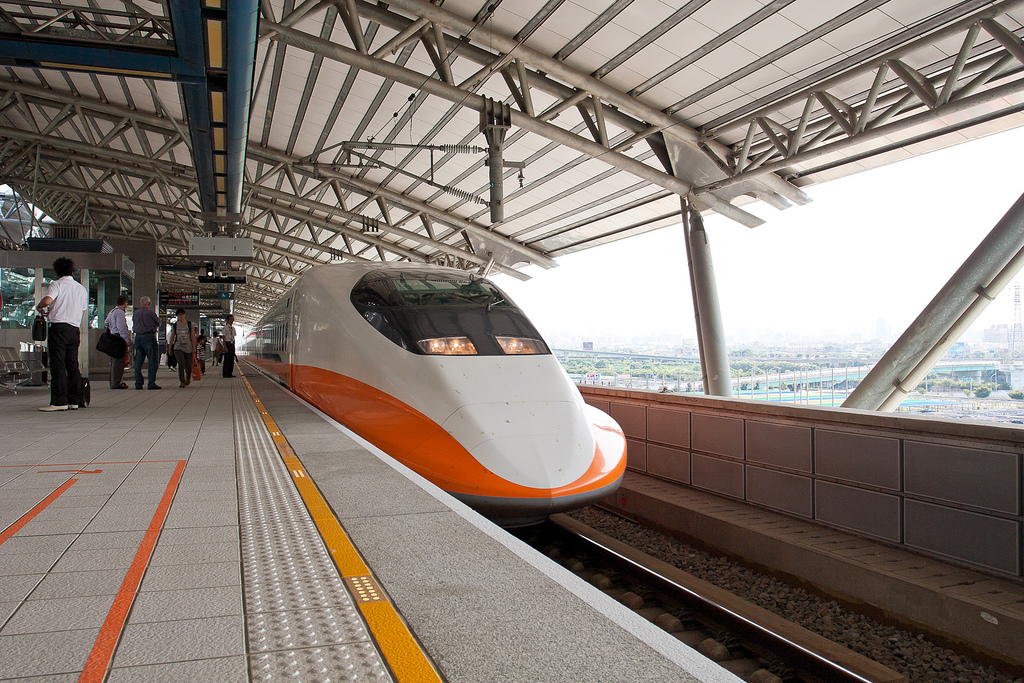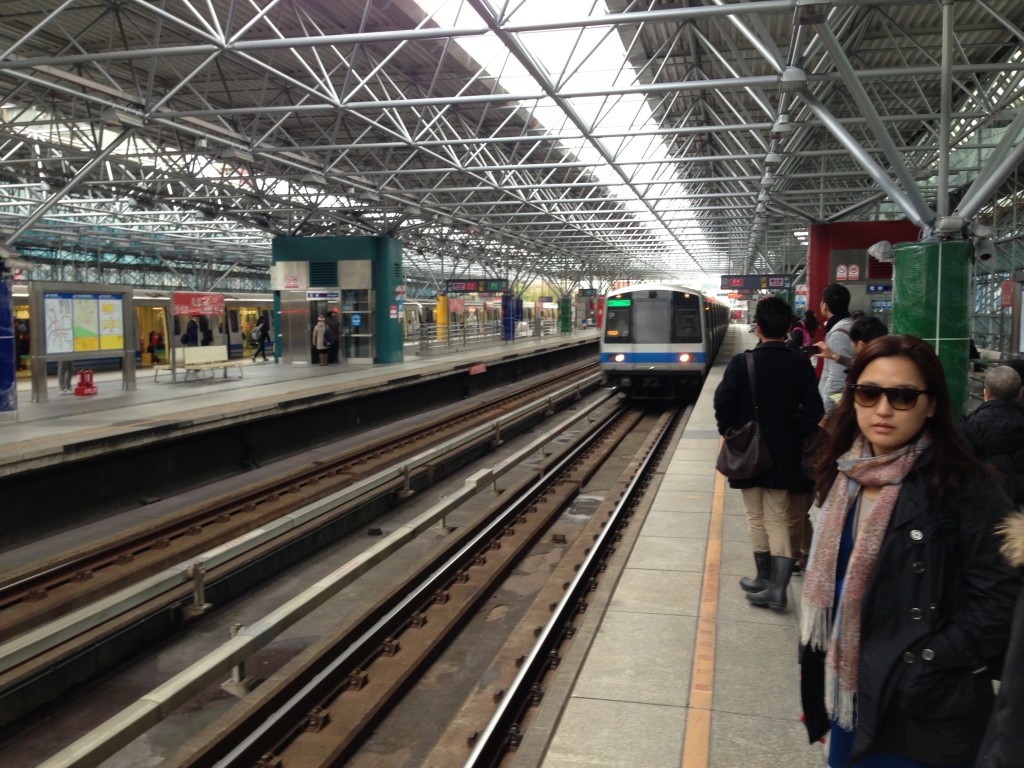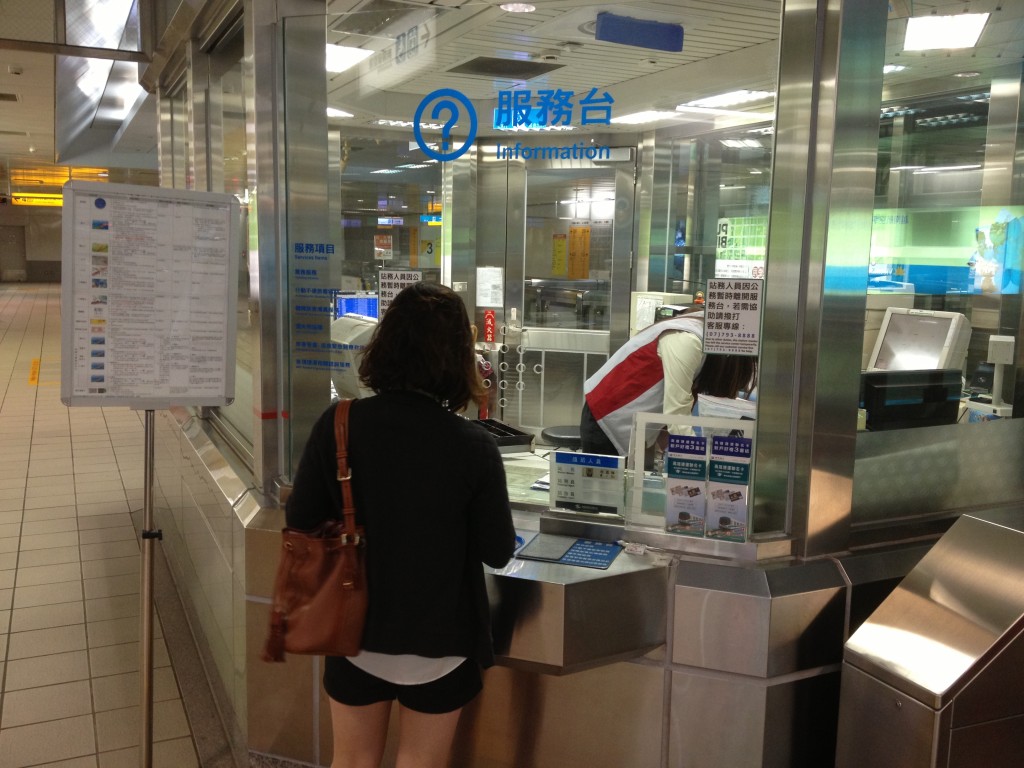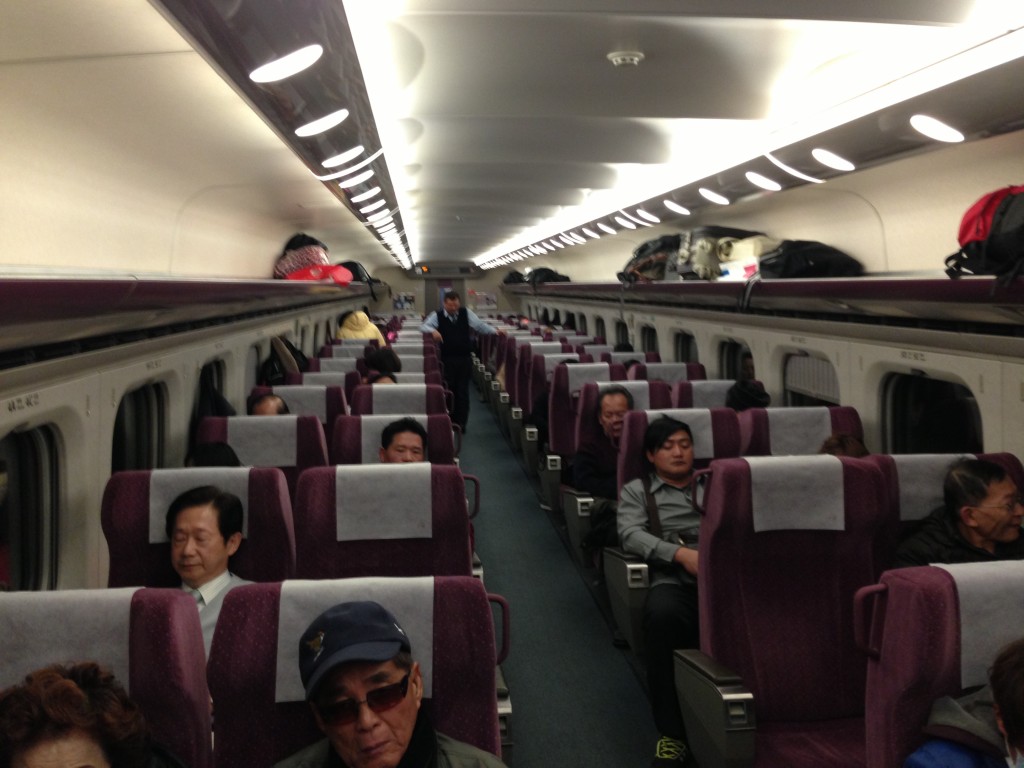Smart Asia Getaways
Discover Asia, the smart way
Getting Around Taiwan, from Subway to High Speed Rail
You can access the entirety of urban Taiwan without renting a car, bumming a ride, or setting foot in a cab, and for relatively cheap. The only potential obstacle is language.
High Speed Rail connects Taiwan’s capital, Taipei, and its southern hub, Kaohsiung – a distance greater than that between New York and Boston – in 90 minutes, for 50-70 US dollars as of the time of this writing. At either end you can walk off the high speed rail train and onto the local subway without leaving the station.
Taipei’s and Kaohsiung’s subway systems operate similarly, though each uses its own rail pass. Since more foreigners are likely to visit Taipei than Kaohsiung, I’ll speak about it first, but unless I write otherwise, everything that applies to Taipei’s subway also applies to Kaohsiung’s.
Yoyo Cards
There are two primary varieties of subway pass – the daily unlimited card and the Yoyo Card, or Easy Card. (Two words for the same thing.) The latter is the better option if you’re planning to stay longer than a day. Unlike Hong Kong, Taipei doesn’t offer three-day or weeklong unlimited passes. The Easy Card costs $100 NTD – about $3.44 US – and is returnable for a refund. The initial purchase price of $200 NTD includes a $100 credit. It’s a minimum of $200 to get the card, but you can hand them as much money as you want, and they’ll load it onto the card, less the $100 purchase price. Like the Octopus Card in Hong Kong, the Easy Pass is scannable at many local businesses like boutiques, snack shops, 7-11s, and coffee shops, using a scanner similar to the paypass in the US. (Taiwan also has paypass, but not all scanners accept US credit cards.)
I won’t go down a cultural competency rabbit hole here except to say that my tendency was to rush these interactions even though I speak a fair amount of Mandarin, but slowing down, listening, and being patient are underrated skills. Keep your cool – it takes practice, but it will pay off.
The process of purchasing a subway card in Taiwan requires a slightly higher non-English comfort level than across the strait in Hong Kong: fewer signs have English translations, and English competency is somewhat lower amongst station agents, though not non-existent. It’s navigable though, and without much Mandarin. Clerks aren’t offended by gestures like holding up money, pointing to signs indicating what you want (or simply saying “Yoyo card” or “easy pass,” words everyone understands), and holding up fingers indicating quantity. If there’s finessing to be done – for instance asking how much of your money you want on the card – station agents are patient enough to communicate any way that works, or find an English speaker if there’s still an impasse.
I won’t go down a cultural competency rabbit hole here except to say that my tendency was to rush these interactions even though I speak a fair amount of Mandarin, but slowing down, listening, and being patient are underrated skills. Keep your cool – it takes practice, but it will pay off.
Once you’re on the subway system it’s exceedingly easy to navigate. The system is far simpler than New York’s – no local or express trains, no stations with dedicated entrances for each direction of travel – and all signs and announcements are translated into English. Even though signs explain it clearly, it bears mentioning that food and drink are prohibited inside the turnstile perimeter. You can carry a to-go bag, but you’re not allowed to nosh, unless you want to pay a fine equivalent to $258 US dollars.
Just as in Hong Kong, it pays to buy a local SIM card for your smartphone so you can use google maps to find your destination once you leave the station. As in Hong Kong, study the neighborhood map with smart phone in-hand to find the most convenient subway exit to your destination, then use the GPS to get your “blue dot” to the “red pin”.
Kaohsiung’s subway operates the same way, though its scale is somewhat smaller, so individual rides will cost you less.
Kaohsiung, High Speed Rail, and Why You Should Care
If you have more than a week in Taiwan, Kaohsiung is worth a visit, especially now that high speed rail is easy and cheap. Like a Kyoto to Taipei’s Tokyo, Kaohsiung is slower-paced, more traditional, and as-such more archetypally Taiwanese. Some of the best restaurants in the country – like Xinglongju – call Kaohsiung home, and the world’s largest Buddhist temple – an impressively upscale operation with a museum, restaurants and gift shop – is a bus ride away. So is the beautiful Kenting national park, which offers amazing views, beaches, seafood, and surfing.
If I’ve sold you on Kaohsiung, the high speed rail is easy to use. Just download the app Taiwan High Speed Rail for your smartphone, book your tickets – about $50 US for economy, $70 for business – print them out at 7-11 or at the rail station if you need, or simply display a barcode on your phone – and scan your way through the turnstile.
Make sure you book an express train, which makes only two intermediate stops on the way to Kaohsiung, reaching a cruising speed of 176.4 mph – just slightly faster than the rotation speed of a fully-loaded 747 – without breaking a sweat.




Pingback: Taipei 101 vs Maokong Gondola | Smart Asia Getaways
Pingback: Where to Eat in Kaohsiung - 8 Great Spots | Smart Asia Getaways